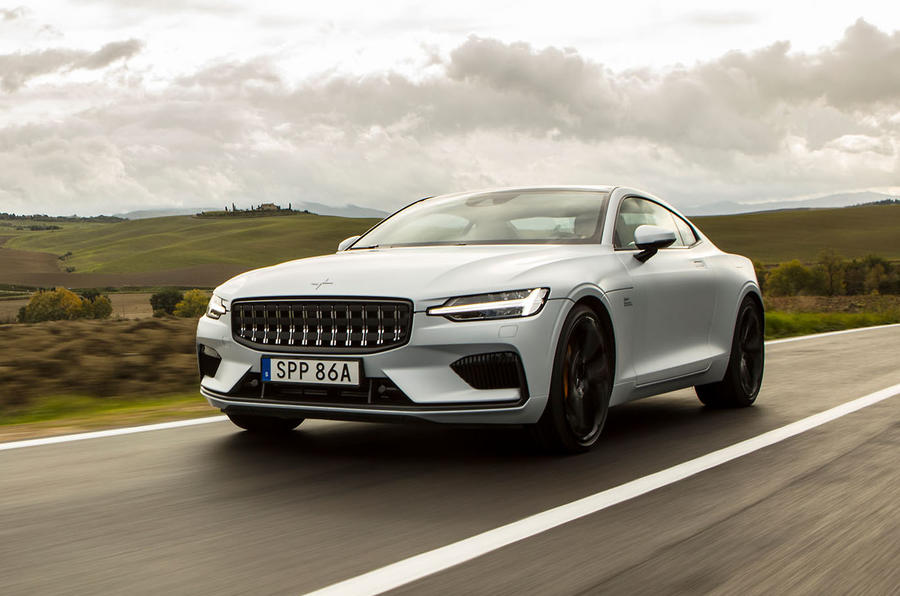What is it?
It’s the first model to emerge from Volvo’s fledgling Polestar premium electrified car brand. A limited run and handbuilt special, it’s both a four-wheeled shop window for what the company can achieve and, hopefully, a taster for what its future models will be like.
At a glance, it would be easy to dismiss the Polestar 1 as simply a two-door Volvo S90. But there’s more to it than that. Much more. We drove an example a few months back, when it proved to be arguably one of the most interesting cars of the year. Yet that example was a prototype, quirks and all, while the one you see here is the finished article, one of the 1,500 that will be handbuilt over the next three years.
There’s quite a lot to talk about with the Polestar 1, which is packed with advanced technology and, apart from the elements of its scalable platform architecture (SPA) and it’s interior, has little in common with Volvo’s more mundane models. For starters, the eye-catching (this car really does look good) bodywork is made up of hand layered carbon fibre reinforced polymer (CFRP). Even so the kerbweight is still 2,350kg, which makes sense when you realise what’s under those lightweight panels.
Driving the front wheels through an eight-speed automatic gearbox is a turbocharged and supercharged 2.0-litre four-cylinder petrol engine, while at the rear is a pair of active torque vectoring electric motors, one for each wheel, and another motor between the engine and gearbox that acts as powerful starter/generator. Powering these are two large batteries, one in the transmission tunnel and another over the rear axle. So you can see why it’s a bit lardy. Still, there should be enough power to overcome this, because with all the various motive forces working together there’s a not inconsiderable 601bhp and a thumping 738lb ft of torque.
Inside, the Polestar borrows heavily from Volvo, with the dashboard essentially carried over wholesale. However, special leathers and bespoke trims help lift the ambience, easily allowing the car to hit it’s luxury GT brief. However, while it’s billed as a 2+2, the rear seats really are cramped - as is the boot, which is largely full of battery.

















































Join the debate
Add your comment
You'd have to really want the tech...
... to drop £140k on a coupe with the front, rear and interior of a common or garden S90. It would make a very pretty S90 coupe at £50-60k but this is almost DB11/Conti GT money and it really needs to be more special inside and out.
Should either have been EV
Should either have been EV only or the last car to get Volvo's V8. This doesnt know what it wants to be other than expensive. At least they managed that OK.
Now that
they have got this into production, perhaps they should look at the Concept Estate (that draws heavily from the P1800ES) revealed at the same time as the Concept Coupe this based on, produce it as a PHEV or an EV, using the standard T8 running gear, perhaps call it the PH2000EV (should I trademark that), and give us a sexy Volvo for the masses.